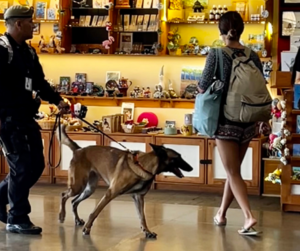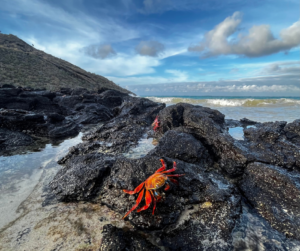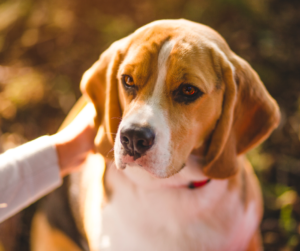Michael Baugh CDBC, CPDT-KSA
These actually do not just apply to puppies. They are things to consider before getting a new dog, regardless of age. Also, these are just my top three. There are certainly other considerations to keep in mind when you’re thinking about adding a dog to your life.
3. A new puppy takes more effort than you might expect. Even if you have raised dogs before, chances are you’ve forgotten how much work a puppy (or new dog) can be. There is training, of course. At a minimum you need to teach the dog where to poop and pee. That’s sometimes a challenge. There are also canine behavior issues that might crop up. New dogs require social interaction. You’ll need to have a petsitter, dog walker, and boarding care for when you are away. Don’t forget bedding, baby gates, food bowls, toys and all the other supplies that come with having a dog. It’s a lot. Your life might be different now than when you had new dogs before. Do you have the time and energy now that you did then? Can you make this work?
2. Puppies are expensive. Just the initial costs to get started could be one to two thousand dollars. I think that’s conservative and it doesn’t include breeder or adoption fees. Then we have to consider the annual costs of training, vet care, and food. Puppies have a bunch of initial vaccinations. They also eat stuff they shouldn’t and otherwise get sick pretty frequently in that first year. Senior pet care can be significantly expensive. Can you fit a new puppy or dog in to your budget?
1. Your existing dog may not want a new puppy. This might seem like a no-brainer, but I see it a lot. If you have a dog who you know does not like other dogs then do not get a puppy (or adopt an adult dog). You already know this is not going to work out. Don’t expect your existing dog to suddenly change and accept a new housemate. He won’t. Similarly, if you have a senior dog (nine years plus in most breeds), then do not get a new puppy. Puppies are rambunctious and annoying to older dogs. It’s just not fair to ask your long-time companion dog to take on that extra burden in their golden years. I see lots of cases I which the addition of a puppy or new dog is simply a disaster because it’s just not right for the existing dog. Have you thought all this through thoroughly?
You might be thinking Michael this isn’t very nice. You’re normally so kind and patient. I get it. And, maybe you do have all the time, energy, and resources available to you. Maybe you don’t have another dog. Perhaps you have a young dog already who is socially savvy and has lots of experience with other dogs. Awesome! Then, go for it. There are plenty of dogs who need homes and it sounds like yours might be a good match.
Michael Baugh teaches dog behavior in Houston, TX.



